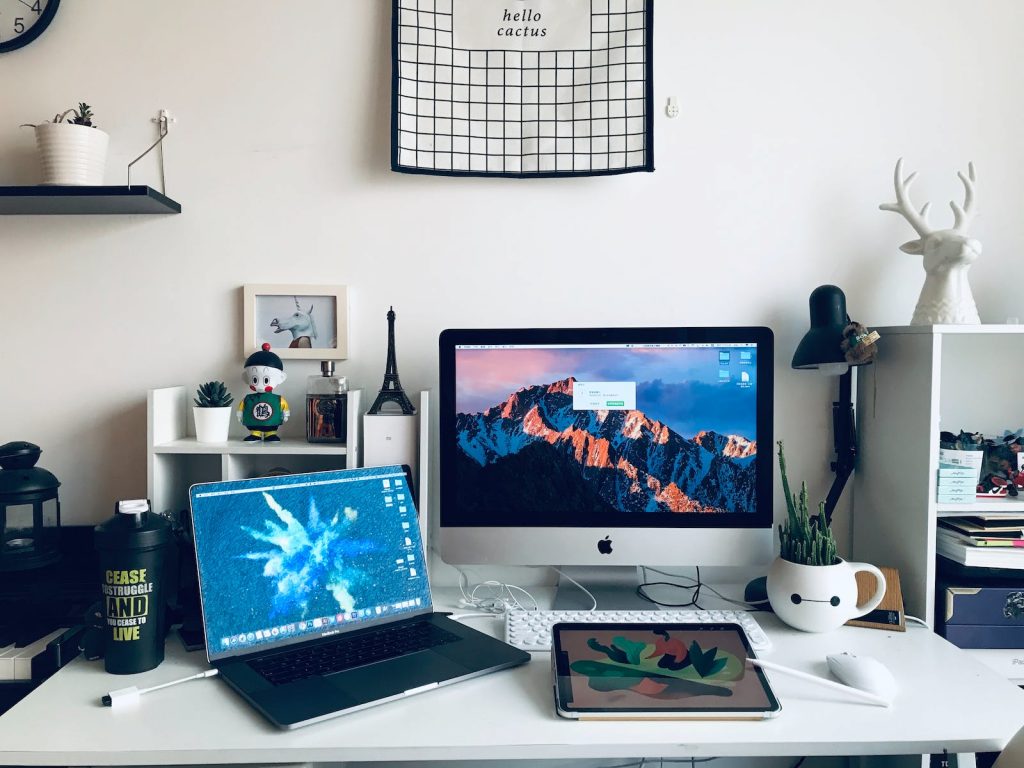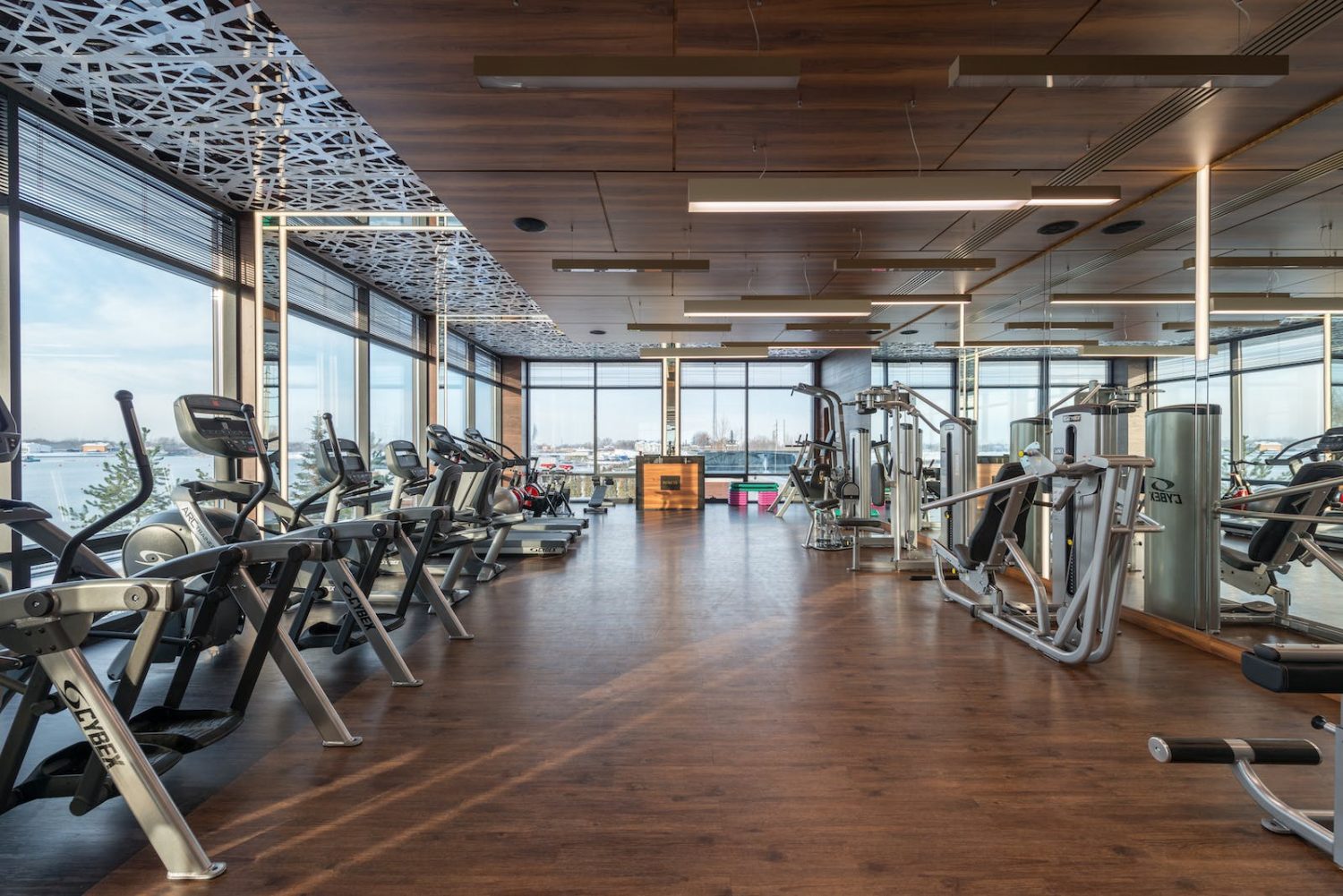Wellbeing in the workplace is really important and has a central impact on employee satisfaction, retention and productivity. Many of the strategies you should consider adopting will be similar regardless of whether your workplace is distributed. If you are working remotely, or running a remote business, there are some added complexities. While remote work should allow for greater freedom and flexibility, it can also result in blurred boundaries and even isolation. In this article, we’ll shine a spotlight on wellbeing and remote work.
Perception v. Reality
If you were to ask someone what the key benefits of working remotely are, you’re likely to run into some similar responses. People value the possibility of greater flexibility, eliminating the daily commute, having more time to spend on projects outside of work and so on. And of course, all of these advantages are great. Unfortunately, however, they don’t always turn into reality. What happens if that greater flexibility instead translates into pressure to be online during all hours of the day, or the time saved on the daily commute doesn’t actually result in a greater amount of time to focus on topics outside of work?

The truth is, working remotely can have a number of benefits – both for employees and organisations. But they don’t come automatically. In other words, just because you claim to be a remote business, or you’ve decided you want to work remotely, it doesn’t mean that you’ll automatically manage to create an environment that’s conducive to achieving your desired outcomes. Instead, it’s important to consider exactly what you’re hoping to achieve from being remote. You can then start working on strategies to make this a reality.
Work-Life Balance
Whatever field you’re in, and wherever you happen to be working, there are always going to be moments when your time feels under particular pressure. But when this starts to become a repeat pattern, it’s likely that something isn’t quite going as you envisaged. At an organisational level, it’s important to foster an environment where team members feel they have the space and safety to set boundaries, and have trust in you to respect them.
It’s also important to take time to consider how things are being done presently, and how that could be improved for the future. Are there ways to boost efficiency? This can be improving processes to boost productivity, or looking at opportunities to automate processes to allow for the better utilisation of time.
Create a healthy workspace
It seems obvious, but making sure team members have access to the correct equipment is essential. While many companies do offer equipment allowances, or provide laptops and ergonomic chairs, some do not. This can be short-sighted. There are many reasons companies are sometimes reluctant to provide equipment. They might worry about a new hire leaving shortly into their new role and the financial implications of this. Or they may decide that the logistical challenges of getting equipment to people in multiple different locations will add too much demand upon limited resources.
As far as possible, however, companies should aim to overcome these challenges or concerns. In a remote context, providing the equipment people need to be able to perform their jobs, and be as healthy as possible, should be seen as a cost of hiring. Whether this be through providing an allowance for all new hires, so that they can make the purchases they need, or organising for equipment and technology to be sent to them in time for their first day.
Additionally, remote workers should take the time to think about how to best enhance their workspace. It’s crucial to create a space that promotes wellbeing and healthy work practices. The importance of having a dedicated area to work shouldn’t be overlooked. From a wellbeing perspective, it can be really important to have a separate space at home for working. If this isn’t possible however, try and think of creative ways to build a division between your work space and your home life.
Set the example
It’s possible to embrace policies which on paper appear to promote positive attitudes around wellbeing and remote work. It can be more complicated, however, to ensure that these are followed through in practice. One example which is particularly interesting is paid time off. On paper, having an unlimited leave policy, for example, sounds great. In theory, it’d suggest that team members have increased opportunities for taking time away from work, engaging in hobbies and spending time with their family and friends.
The reality, however, can be quite different. Instead, unlimited time off can actually result in the opposite effect. Without guidelines, team members worry that they will be seen to be taking too much time away from work. It can then be difficult for team members to analyse whether or not the amount of time being taken away from work will be viewed as acceptable by the wider company. Likewise, you can try to alleviate this by having a limited, albeit generous, leave policy. But if managers and senior people within the organisation aren’t seen to be using their vacation policy, it risks sending a message that taking time off may be looked upon negatively.
Annual leave is just one example. There are a range of areas where managers (at all levels) can positively influence wellbeing in a remote work context. Whether this means being open about when they’re working more flexibly, respecting work hour boundaries, or taking a proper day out on a public holiday. The wider point is, unless all levels of a company are seen to be promoting positive habits, it’s difficult to truly achieve a strong sense of wellbeing across an organisation.
Build a strong culture
In any organisation, culture plays a key role in defining what sort of work environment you’re trying to cultivate. What are the key attitudes, behaviours and values that define you as a business? If you’re looking to create a truly global environment, consider what role your culture will play in enabling this.
Feelings of connection and togetherness should never be overlooked. Explore opportunities to build social opportunities. For example, consider creating a calendar of social events (virtual, in person, or perhaps a mix of both!) or utilising tools such as the Donut Slack integration. Don’t shy away from being creative, and considering new and fun ways to encourage better social connections between colleagues.
Also pay attention to the culture within teams. Consider how team building activities can improve working relationships, and colleagues can be supported to work more collaboratively.
Consider your benefits
When considering wellbeing and remote work, it’s also important to consider the benefits you’re able to offer. While it can be difficult to provide benefit packages in multiple countries, platforms such as Thanks Ben can help.
Use your regular engagement surveys to understand how you can better align your benefits package with employee expectations. Look at how you can better support wellbeing. Whether it be subscriptions to wellbeing apps such as calm, gym memberships or more comprehensive mental health support.
Perhaps above all, remember that working remotely should, for the most part, provide for a healthier, happier work environment. Making this a reality requires intent, but has the potential to make a remarkable impact.










